As the summer months approach, many organizations are already deep into their financial planning cycles. Q1 and Q2 are just about in the books. For some, Q3 and Q4 forecasting is beginning. For others, the ink on the strategic plan is finally dry. But with yet another annual budget season around the corner, organizations should consider taking a step back from the process to ask themselves a few questions:
- Does all this financial planning actually help manage the business?
- How does the organization’s financial goals translate into detailed operational plans?
- Do business leaders in the organization have the insights necessary to make effective decisions?
If you don’t have clear answers to these questions, now is a good time to consider a shift to integrated business planning.
Integrated business planning (IBP) is a framework used by CFOs and executives to set organizational strategy and optimize business plans. As a framework, IBP creates a recurring cycle to analyze financial plans and business drivers vs. operational plans, recent run rates and prior year results. Why all this analysis? Like a physical with your doctor, IBP helps organizations gauge whether they’re on track to achieve their highest levels of performance.
We recently presented a webinar on IBP, where I was joined by two of our resident experts on IBP; Celvin Kattookaran, Integration Solutions Services Consultant, and Roy Googin, Principal Solutions Consultant with OneStream. Here are some of the highlights.
The Need for Integrated Business Planning
You may be asking, “If the US economy is strong, what’s up with the daily and weekly gyrations in the markets?” The answer? Consumers, and in turn business leaders, have little insight into how US-China trade wars or Brexit will impact them. Unfortunately, this uncertainly IS the new normal. Even more unfortunately, surveying the situation is only part of the challenge. For business leaders, the harder and more important part of the challenge is deciding what do to about it and aligning an entire organization in parallel with that decision.
To answer the question of what to do about it, and more, I kicked off the webinar with a brief overview on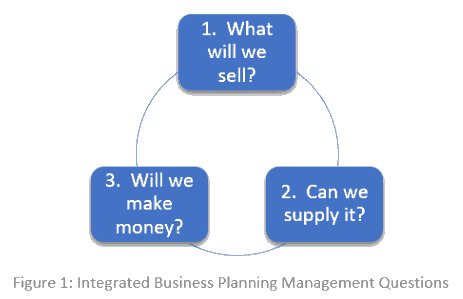 IBP.
IBP.
Modern, sophisticated organizations are dynamic. They’re globally dispersed, and many have unique lines of business. Often, these businesses have their own go-to-market approaches. And each of these approaches often requires a separate and distinct sales team, support team and/or manufacturing capabilities.
At scale, managing a sophisticated global organization isn’t easy – certain business challenges are ever present. Some of these challenges are included below:
- Economic and business volatility and uncertainty
- Changing customer expectations and demands
- Aligning business strategies and detailed business plans with financial goals
- Improving organizational agility
As illustrated in figure 1, IBP addresses these challenges and more by asking three critical management questions[1]:
- How does the company go to market?
- What plans are required to support the business?
- How do those plans translate to earnings and cash generation?
IBP also ensures these questions are asked regularly through a recurring forecast cycle (see figure 2) and executive review process. Does that mean the annual budget is not important? Absolutely not.
Within IBP, the annual budget sets strategic priorities like what new products or new markets to invest in. The monthly or quarterly forecast process then addresses tactical decisions. This includes everything from inventory management to staffing, to customer sales and operational needs. By consistently planning the business, executives ensure the business is taking the appropriate steps to execute on overall strategy and achieve financial plans.
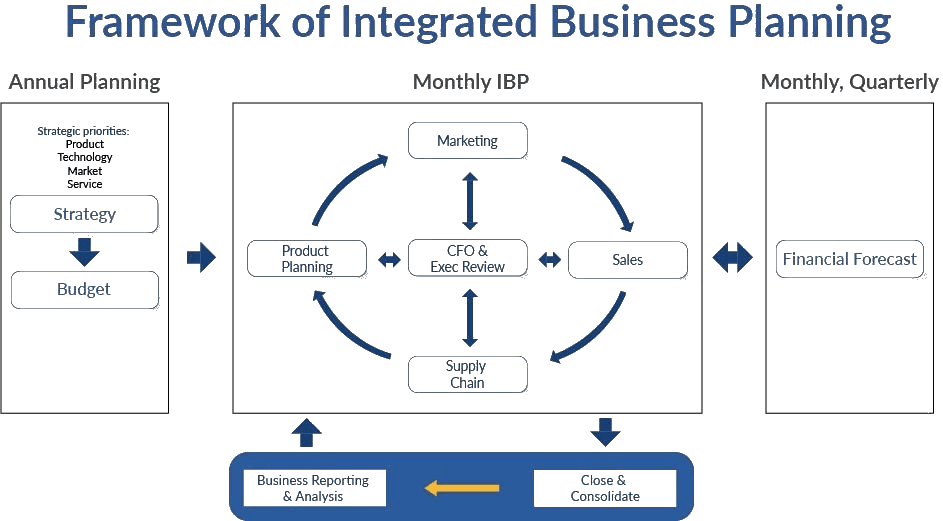
Figure 2: Integrated Business Planning Management Framework
Celvin Kattokaran then joined the presentation to discuss OneStream’s key capabilities for IBP. As an expert in the planning industry, Celvin has a unique perspective on why OneStream is the ideal platform to support enterprise clients for IBP – what we call industrial-strength IBP. A few of these capabilities are noted below:
- Extensibility: An extensible platform for IBP enables diverse business units to plan at a granular level while still adhering to a corporate standard for consolidated reporting. Extensible Dimensionality® was invented by OneStream to enable organizations to report on and manage operational plans at the level they require – without any compromises.
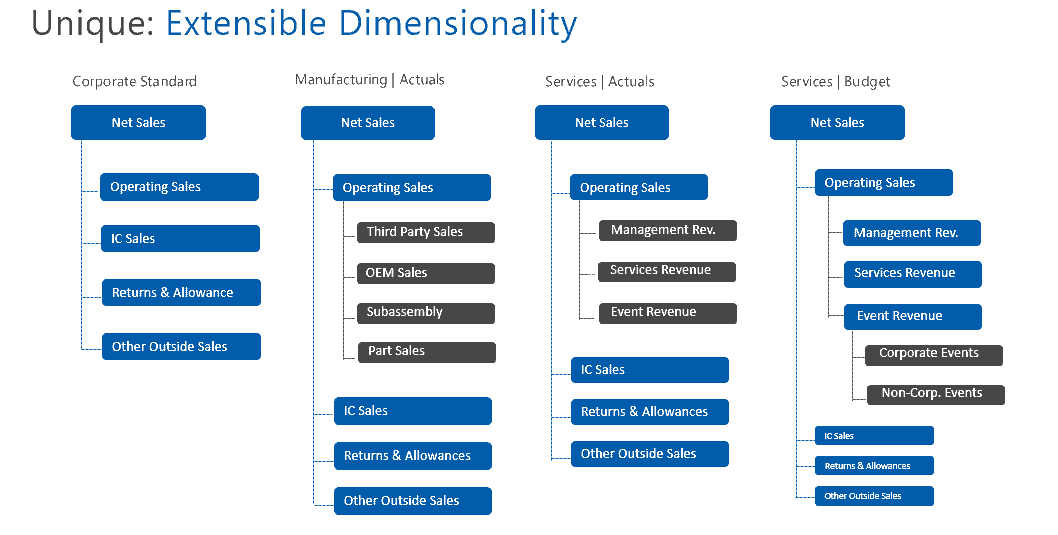
- Data blending: Data blending for IBP enables users to plan at the “business-driver level,” such as employee- or customer-level relationally, and dynamically align these details to financial data in the cube. By relationally storing transactions where applicable, data blending optimizes platform performance.
- Financial data quality: Financial data quality adds depth to variance analysis and business insights by providing transparency and drill-through back to source systems, such as an ERP, CRM or HCM, and guided workflows to ensure accuracy when moving data between source systems.
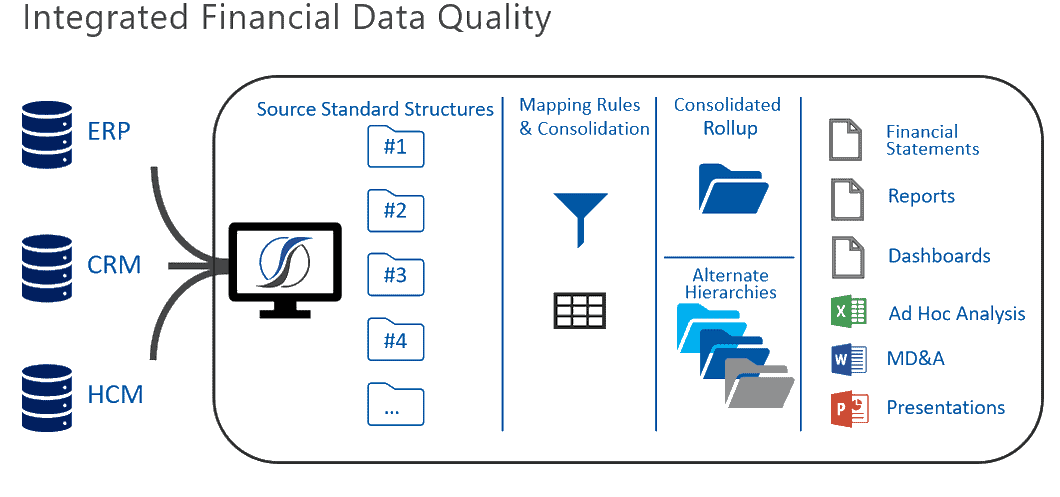
- Purpose-built applications for Sales, Operations and HR: Generate value for all IBP business partners with specialty applications to capture plans at the opportunity level (sales planning), by capital project (operations) and with detailed human capital data (HR).
- Flexible reporting and analysis: Once detailed plans are complete, finance and business leaders can build scenarios, conduct sensitivity analysis and leverage graphical dashboards to align financial plans and operational plans for IBP executive reviews.
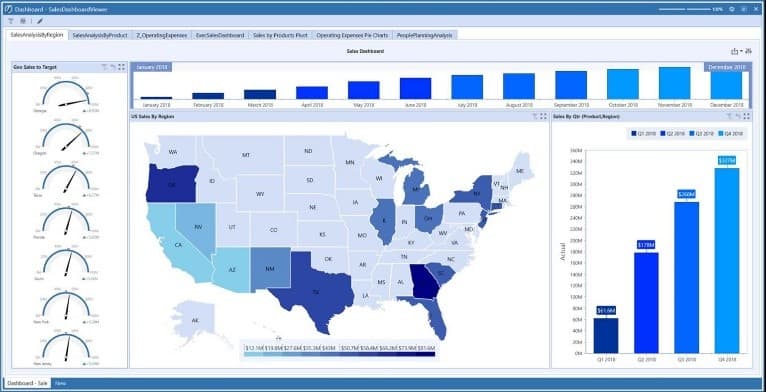
Industrial-Strength IBP in Action
Roy Googin from OneStream’s Solutions Consulting Team then shared a demonstration of the OneStream XF platform. Roy took the audience through a “day in the life” tour of the IBP process, beginning with OneStream’s Task Manager from the XF Marketplace (see figure 3). This powerful solution guides business planners through their own unique task list to complete their forecasts. By doing so, OneStream not only technically enables and standardizes the forecasting process – but also helps organizations drive business adoption and accountability for their forecasts. Why? Because the business leaders own their forecasts!
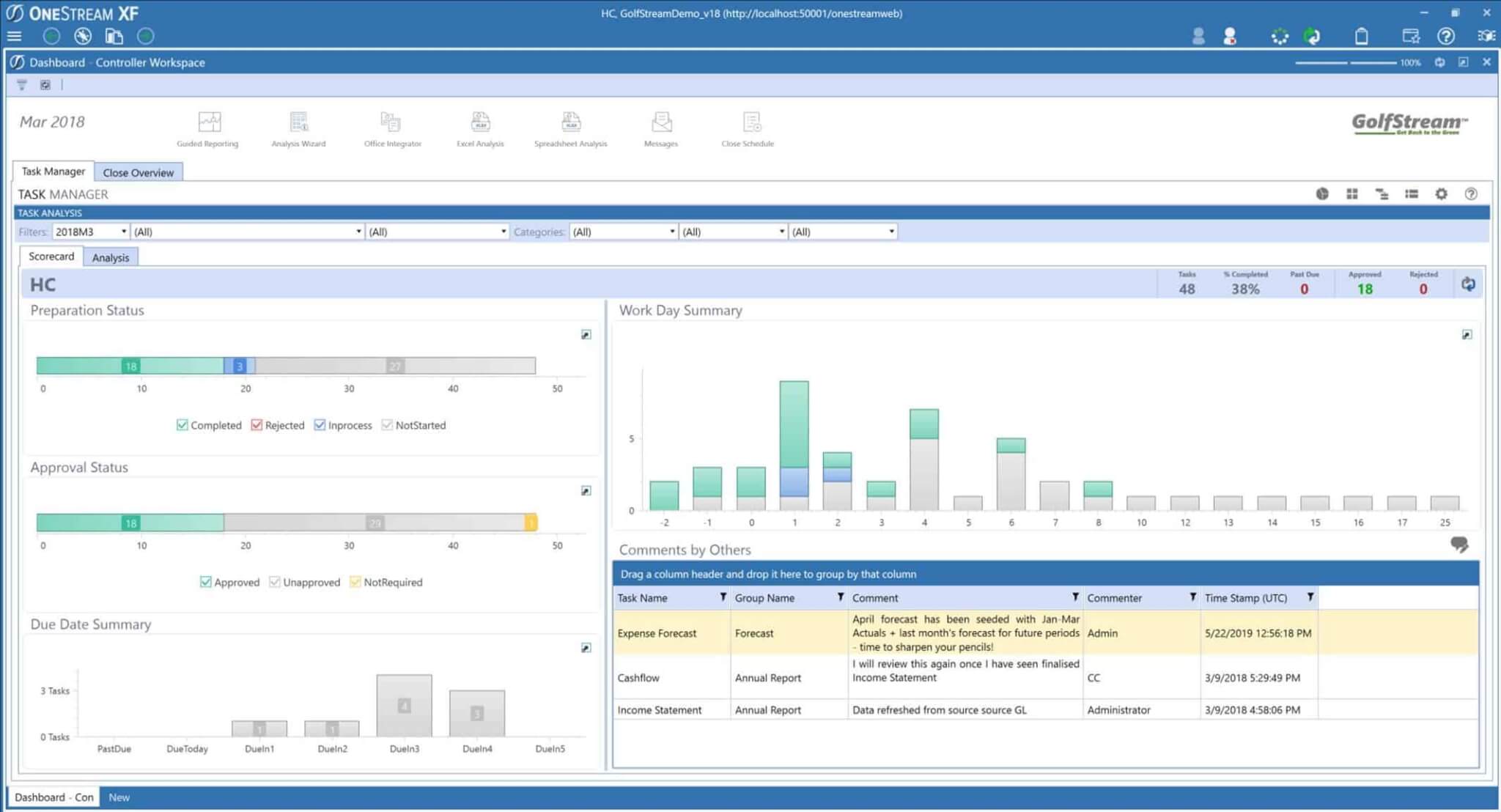 Figure 3: OneStream Task Manager
Figure 3: OneStream Task Manager
Roy then walked the audience through each phase of the forecasting process – from revenue planning to expense forecasting for COGS, travel and people planning. Finally, to conclude, Roy shared how finance leaders bring their integrated plans to life through OneStream’s advanced visualizations and reporting capabilities (see figure 4), which are used regularly for monthly IBP executive reviews.
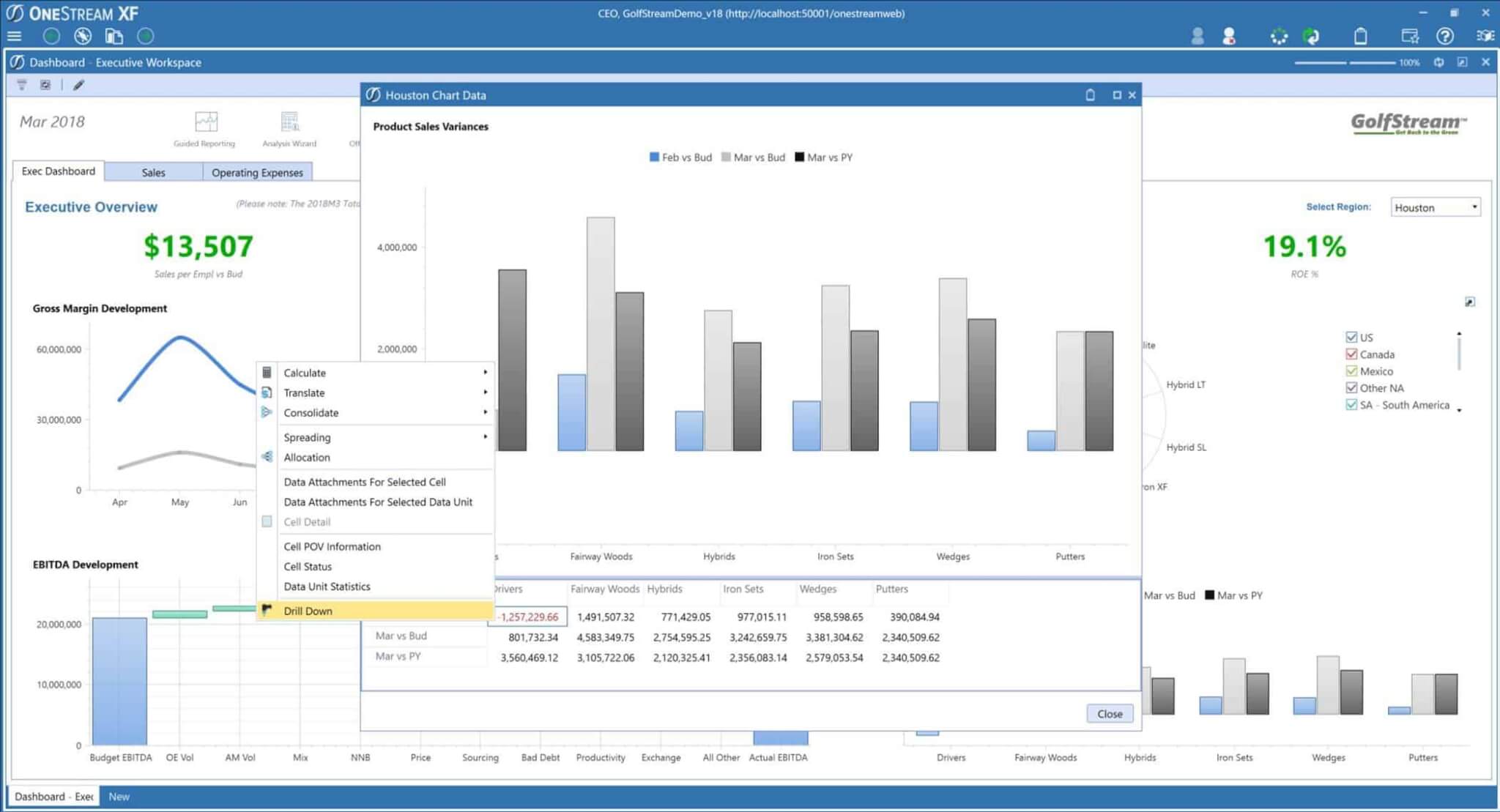 Figure 4: OneStream Executive Dashboard
Figure 4: OneStream Executive Dashboard
OneStream XF for IBP: Real Business Value
IBP represents a natural opportunity for modern finance teams to step forward and lead. And in today’s economy, the stakes are high. In fact, for organizations with $1B or more in revenue, every 1% in forecast accuracy can be worth millions of dollars in business value. And to thrive amidst today’s uncertain times, sophisticated organizations are choosing OneStream as their platform to unleash the value of finance – often replacing multiple legacy CPM products with one application.
OneStream is the industry’s most advanced CPM platform, providing a foundation for organizations to get back to business, make decisions with confidence and benefit from a consistent IBP process. Here are a few of the benefits:
- Unify and align corporate plans and forecasts to more detailed operational plans. Dynamically link business initiatives to financial statements with complete drill-through ability.
- Support more agile planning, such as rolling forecasts and driver-based plans and scenario modeling.
- Enable real-time collaboration and communication between finance and functional leaders in the lines of business, sales, marketing, operations and HR. Make recurring executive reviews actionable.
Learn More
If you’re interested in this webinar, check out the replay here. For additional information about the benefits of IBP, download our whitepaper companion series: “Integrated Business Planning – Driving Business Action with Agility” and “Integrated Business Planning Gets Unified with OneStream.”
Get Started With a Personal Demo



